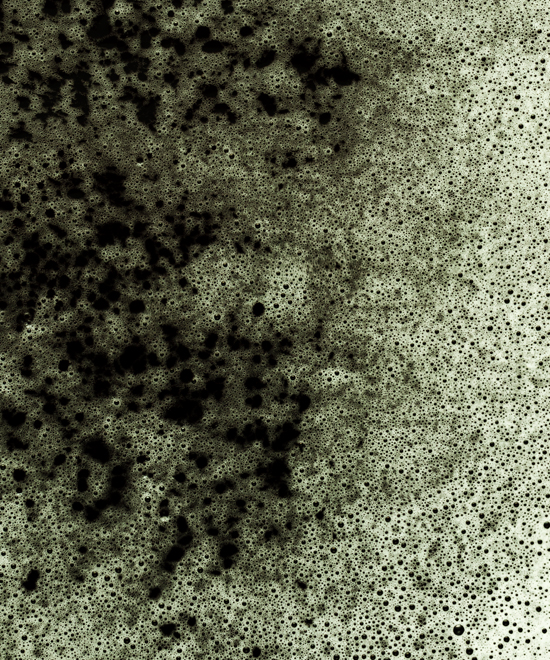
Our topic for today is Black Mold Poisoning Treatment. When poisonous black mold infestations take place, mold in homes may become an expensive and dangerous concern. Understanding the warning signs will help you and your family stay safe. Black mold exposure and poisoning can cause a wide range of health concerns.
What does black mold look like and how it can be treated? As it feeds on organic elements in typical household materials like drywall, carpet, insulation, or sub-flooring subjected to humidity, toxic black mold, also known as Stachybotrys chartarum, can produce spores. If consumed or inhaled, these spores can also have various unpleasant and even harmful symptoms in people. In this article, we will learn the complete details about black mold poisoning treatment!
Black Mold Poisoning Cure
Nobody desires to have black mold in their house or structure. To lessen the likelihood of decay in your house, abide by these guidelines.
Water damage can be brought on by flooding, leaking pipes, and broken appliances. Black mold and its relatives will likely appear if water penetrates a porous matrix like drywall. You can discover leaks and broken appliances early on with water detectors.
If you discover water damage in your home, immediately remedy it and stop the water supply to the affected area. You must remove any flooring, ceiling tiles, or other water-damaged materials.
Cleaning frequently is always beneficial. Make careful to perform routine spot checks in plumbing-equipped rooms and humid locations. Include items for removing mold and mildew in your cleaning regimen, especially for the bathroom and kitchen.
Use dehumidifiers in humid areas of your home, such as bathrooms, basements, or closets, as mold loves moisture. A dehumidifier can get used since it has a built-in water pump for trouble-free operation. To prevent mold growth and other allergies like dust mites, keep the humidity level in your house below 50%.
Mold Poisoning Treatment
Mold allergy treatment is comparable to allergy treatment for other airborne allergens. Options consist of:
- If possible, stay away from the allergen
- showering after returning indoors
- lowering the indoor humidity level
- removing carpet and installing flooring that won’t trap moisture, especially in a basement
- the use of antihistamines
- utilizing nasal sprays with steroids or antihistamines
- applying eye drops
Immunotherapy is one option that a doctor may suggest as a long-term fix. It entails receiving several allergy shots over several years. Even though it can be very successful, few kinds of mold allergies are suited for immunotherapy.
Black mold exposure and black mold poisoning can result in various serious health issues, and toxic black mold removal can be expensive. Knowing the signs of black mold and how it affects your health can also help you and your family recognizes these warning signs and act quickly to safeguard your house and your health.
Mold Toxicity Treatment
Many doctors are currently advising a lot of supplements and rigid diets, but they don’t know if these are the best course of action. However, experts recommend following these procedures. The fact that “killing the mold” only ranks one out of five solutions may surprise you. Look into treatment options for mold toxicity.
- Reduce exposure
Eliminate environmental sources of mold as well as typical food sources of mold, such as grains, coffee, and peanut butter. It will lessen the body’s overall burden from mold.
- Lessen inflammation
Restoring balance to an excessive immune response can be achieved by reducing inflammation. It also entails adopting daily stress-reduction practices and eating a diet low in inflammatory foods.
- Improve detoxification
An essential aspect of recovering from mycotoxin exposure is assisting the body’s capacity to bind to and remove toxins.
Black Mold Poisoning Symptoms
Black Mold Poisoning Treatment. There’s no reason to freak out if you discover black mold on your property. Black mold, however, poses more significant health hazards to vulnerable populations, such as people with immunological or respiratory disorders. Black mold spores, according to the Centers for Disease Control (CDC), can cause symptoms of the flu or the common cold, including:
- clogged nose
- wheezing
- inflammation of the skin and eyes
As a result of prolonged exposure, more severe symptoms like:
- Fever
- Breathing difficulty
- Nausea
Furthermore, the respiratory reaction gets linked to most black mold health consequences and symptoms. Black mold exposure and black mold poisoning can cause chronic coughing and sneezing, irritation of the eyes, mucous membranes of the throat and nose rashes, chronic exhaustion, and severe headaches.
Now, you must know that what does black mold look like! Therefore, you should eliminate black mold as soon as possible, even if it can’t cause your death. Certain molds can also aggravate breathing problems in patients with chronic respiratory diseases and trigger asthma attacks in bronchospasm. Additionally, fungal infections, in particular, which can include lung infections brought on by mold, are more common in those with compromised immune systems.
Wrapping Up!
Regarding the hazardous reputation of black mold, persons with immune deficiency, asthma, or other respiratory issues are most likely to become ill. Therefore, it’s unlikely you’ll die from exposure to it. If you detect it in your home, you should take swift action. The good news is that it can be treated, removed, and avoided.
Read More:
What is the most Dangerous Mold to Humans?







